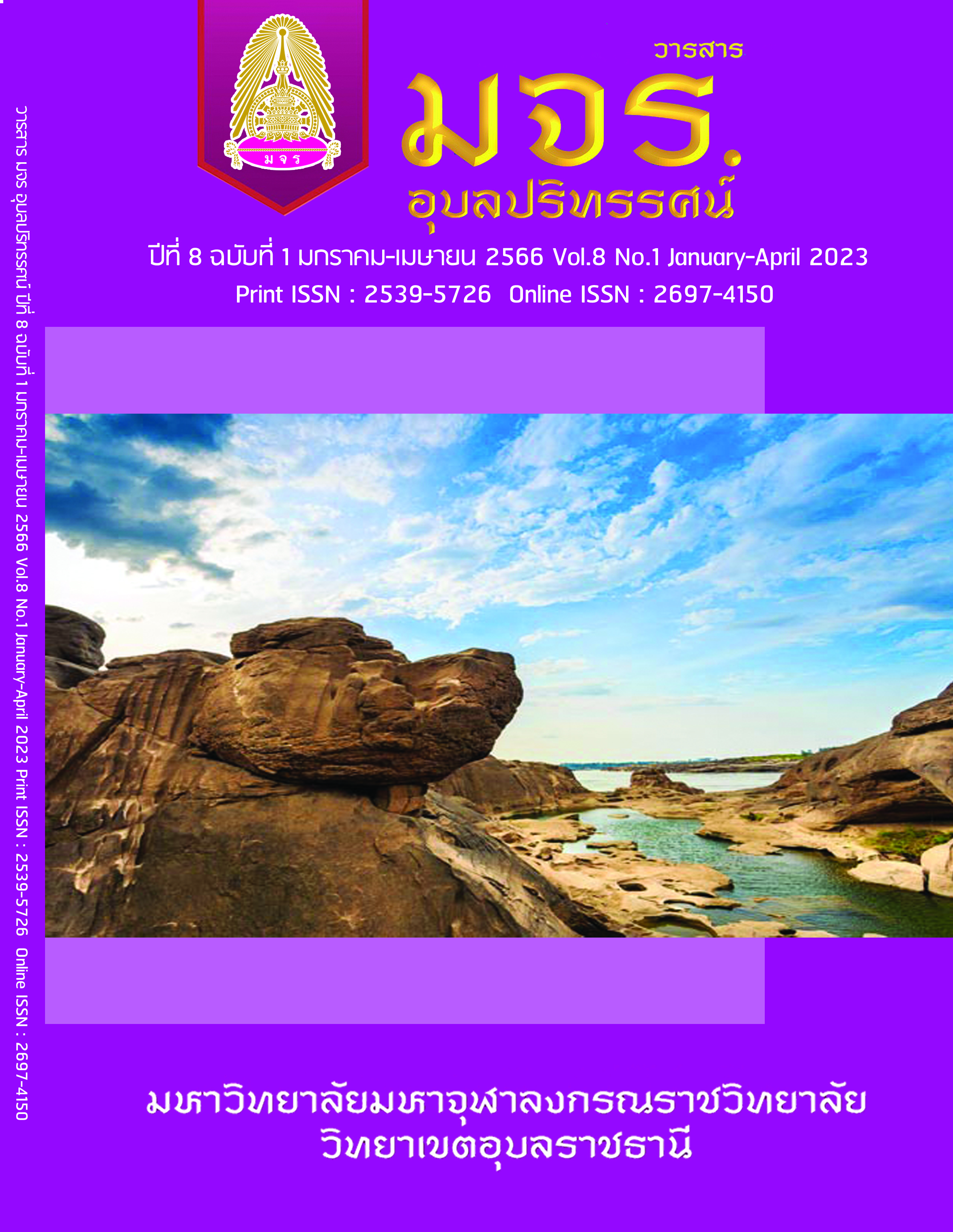RESEARCH ON TEACHING QUALITY EVALUATION OF BLENDED COURSES IN LOCAL COLLEGES
Main Article Content
บทคัดย่อ
In the process of regional economic development, local colleges have direct economic contribution as a huge economic entity besides providing intellectual support. Teaching quality of colleges and universities has always been one of the core issues of higher education research in China, and is also a centralized expression of the level of operation and overall competitiveness of colleges and universities. Using the evaluation of teaching quality of blended courses can better reflect the practical application level of teaching and reflect the effectiveness produced by teaching.
This paper reviews and composes previous research literature on courses teaching quality evaluation and blended courses teaching evaluation in colleges and universities at home and abroad, and analyzes the current situation of courses teaching quality in local colleges using research methods such as theoretical deduction method, empirical investigation method, Delphi method, hierarchical analysis method, interview analysis method and mathematical statistics method, taking into account policies and characteristics of local colleges. The variable design and measurement, questionnaire design, and data collection process were carried out scientifically and rationally to ensure that the questionnaire had good reliability and validity. The data were analyzed by descriptive statistical analysis, reliability analysis, validity analysis, correlation analysis, regression analysis and other statistical methods on the samples of teachers, students and administrators. Summarize the existing problems and reasons, try to put forward optimization suggestions.
Article Details
References
Allen, I. E., & Seaman, J. (2003). Sizing the Opportunity: The Quality and Extent of Online Education in the United States, 2002 and 2003. Sloan Consortium, (23):659-673.
Allen, I. E., Seaman, J, & Garrett, R. (2018). Blending in: The Extent and Promise of Blended Education in the United States.http://sloanconsortium.org/sites/default/files/Blending_In.pd.
Bliuc, A. M., Goodyear, P., & Ellis, R. A. (2007). Research Focus and Methodological Choices in Studies into Students’ Experiences of Blended Learning in Higher Education. Internet & Higher Education, (4):231-244.
Goodyear, V., & Dudley, D. (2015). “I’m a Facilitator of Learning!” Understanding What Teachers and Students Do Within Student-Centered Physical Education Models. Quest, (3)274-289.
Ho, Chang-ho. (2008). Research on teaching quality monitoring system and its operation mechanism in higher education. Master's thesis, Southwestern University, 34-43.
Jones, N. (2006). The Handbook of Blended Learning: Global Perspectives,Local Designs. Pfeiffer Publishing, 182-194.
Mao Huifang. (2009). The application of triadic intelligence theory in constructing an evaluation index system for teachers' innovative teaching quality. Modern Educational Management, (9): 58-60.
Means, B., Toyama, Y., Murphy, R. F., & et al. (2013). The Effectiveness of Online and Blended Learning: A Meta-Analysis of the Empirical Literature. Teachers College Record, 115(3):134-162.
Su, P. L. (2015). Research on Teaching Quality Evaluation System of Universities Based on Teaching Scholarship Theory. Master's thesis, Guangxi Normal University, 42.
Taylor, R.W. (1986). Changing concepts of educational. Journal of Education Research, 10(1):1-113.

